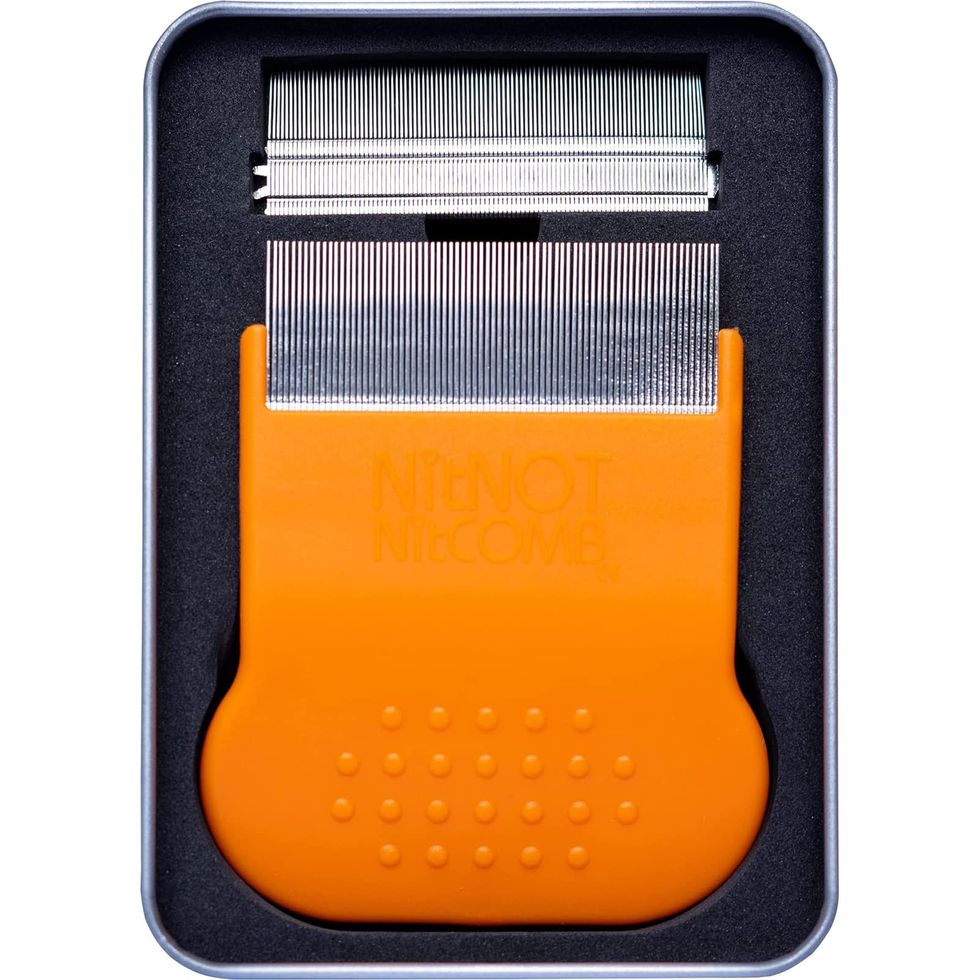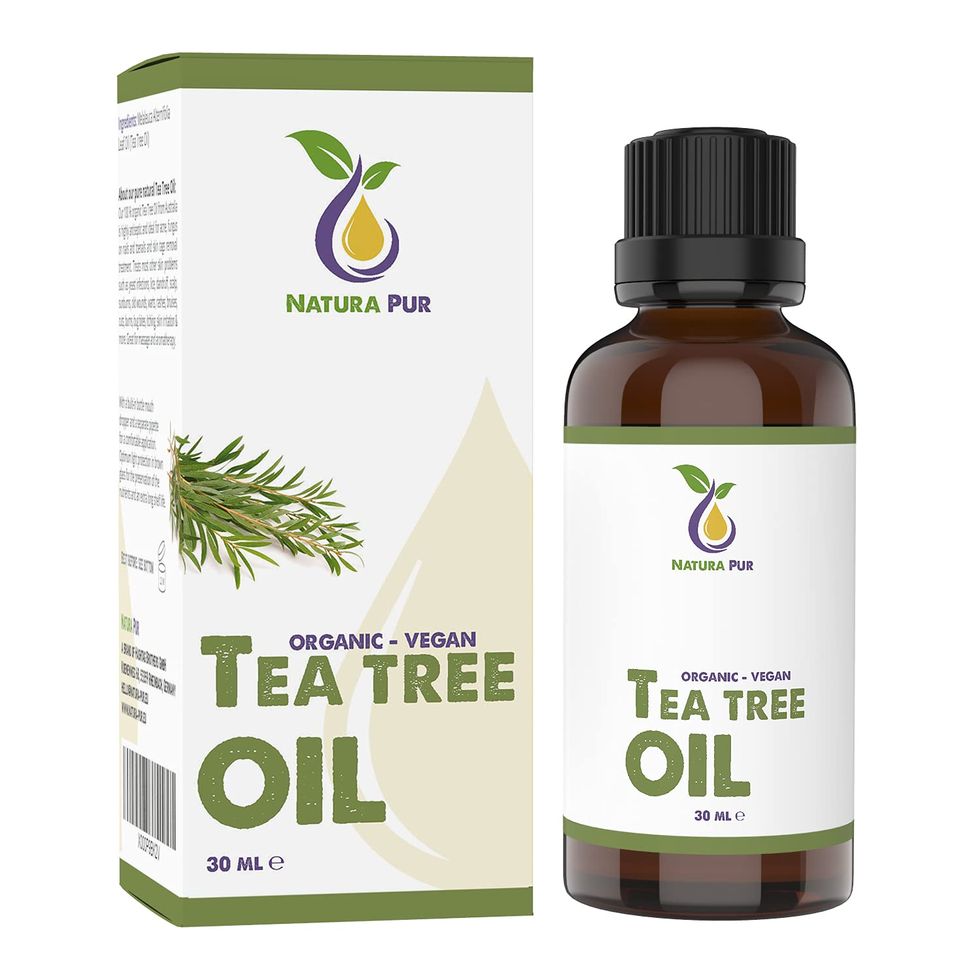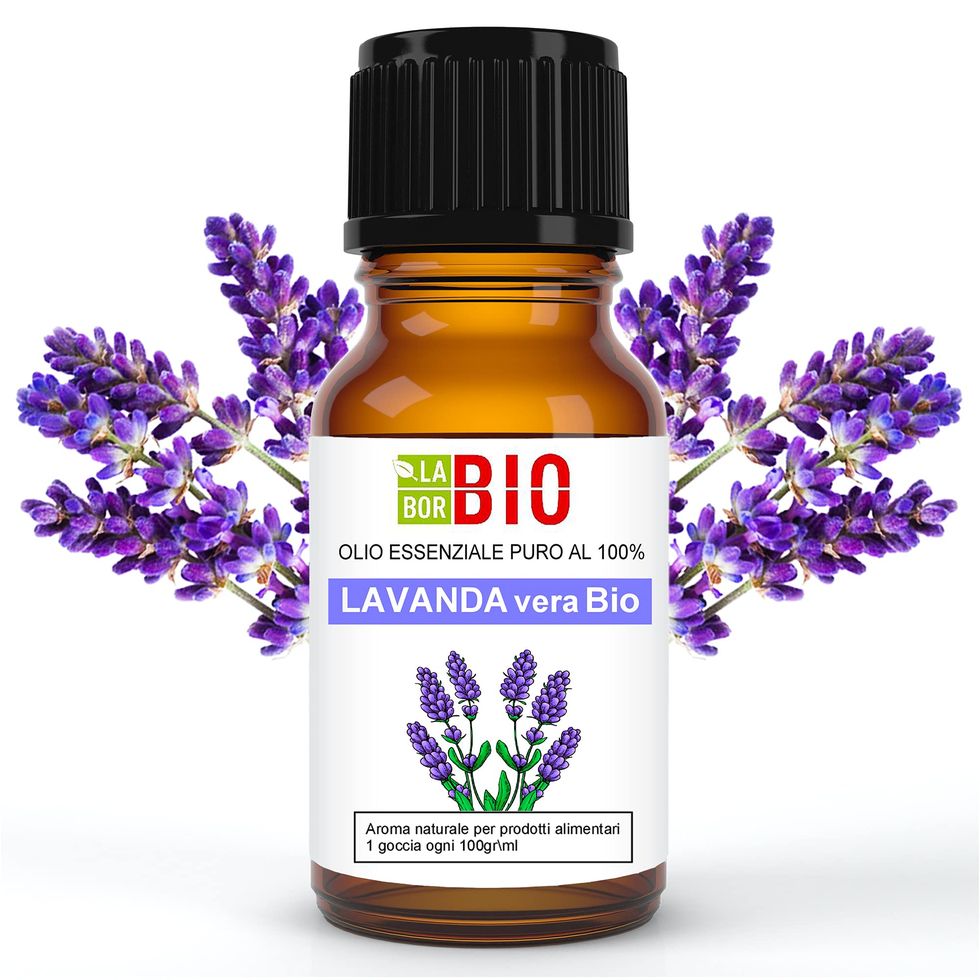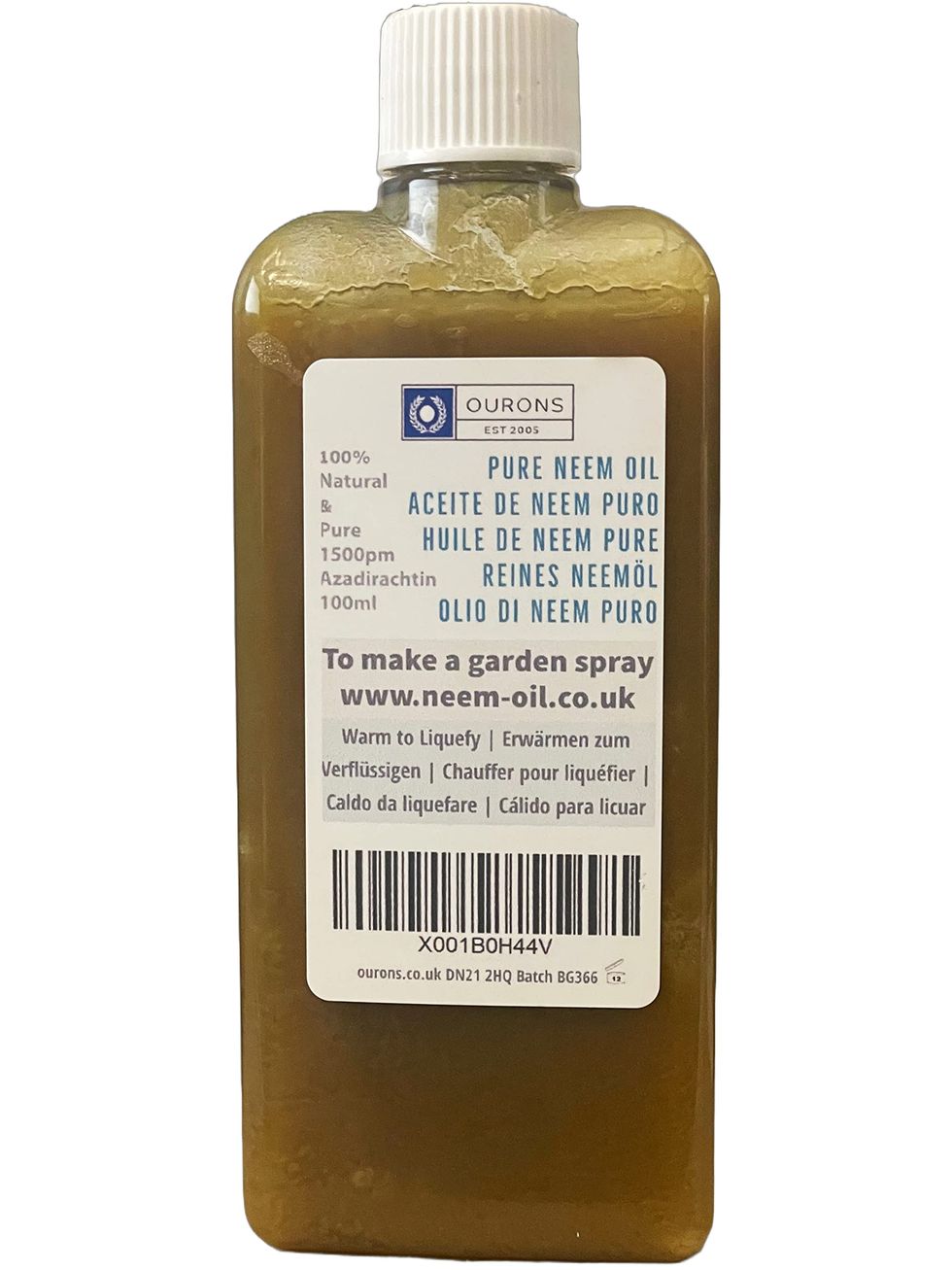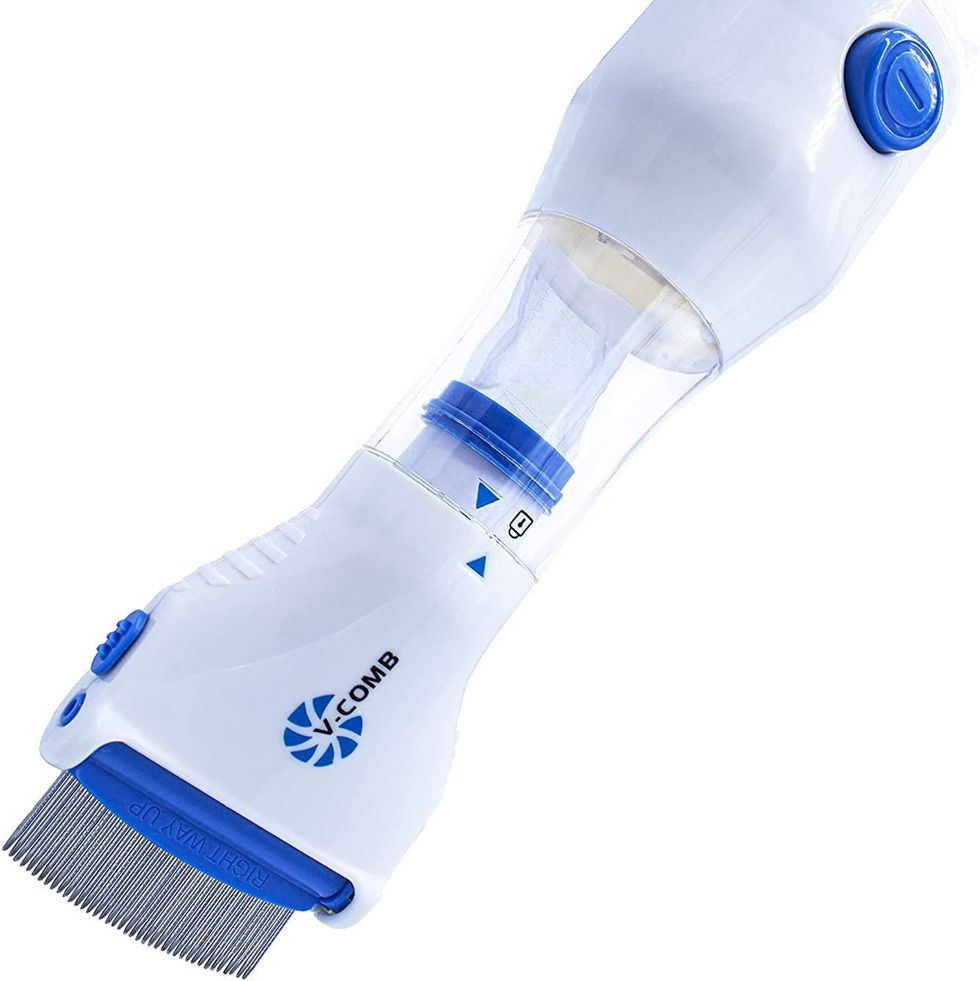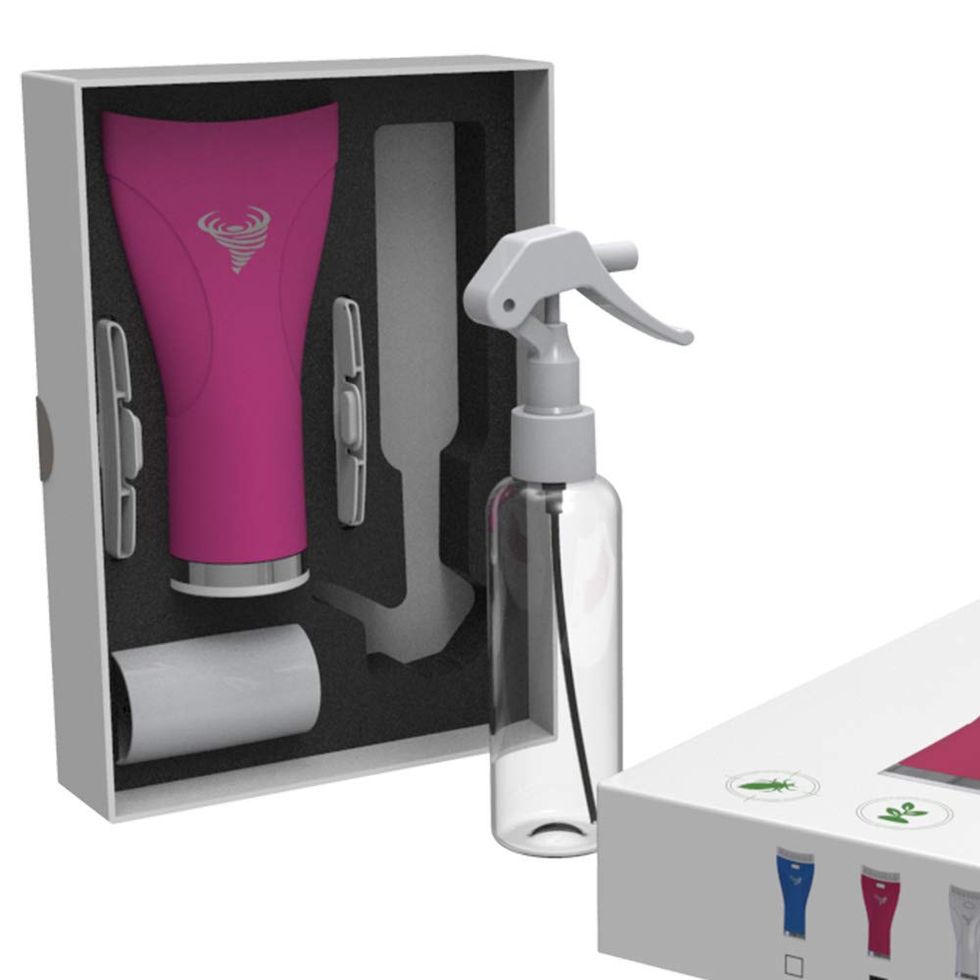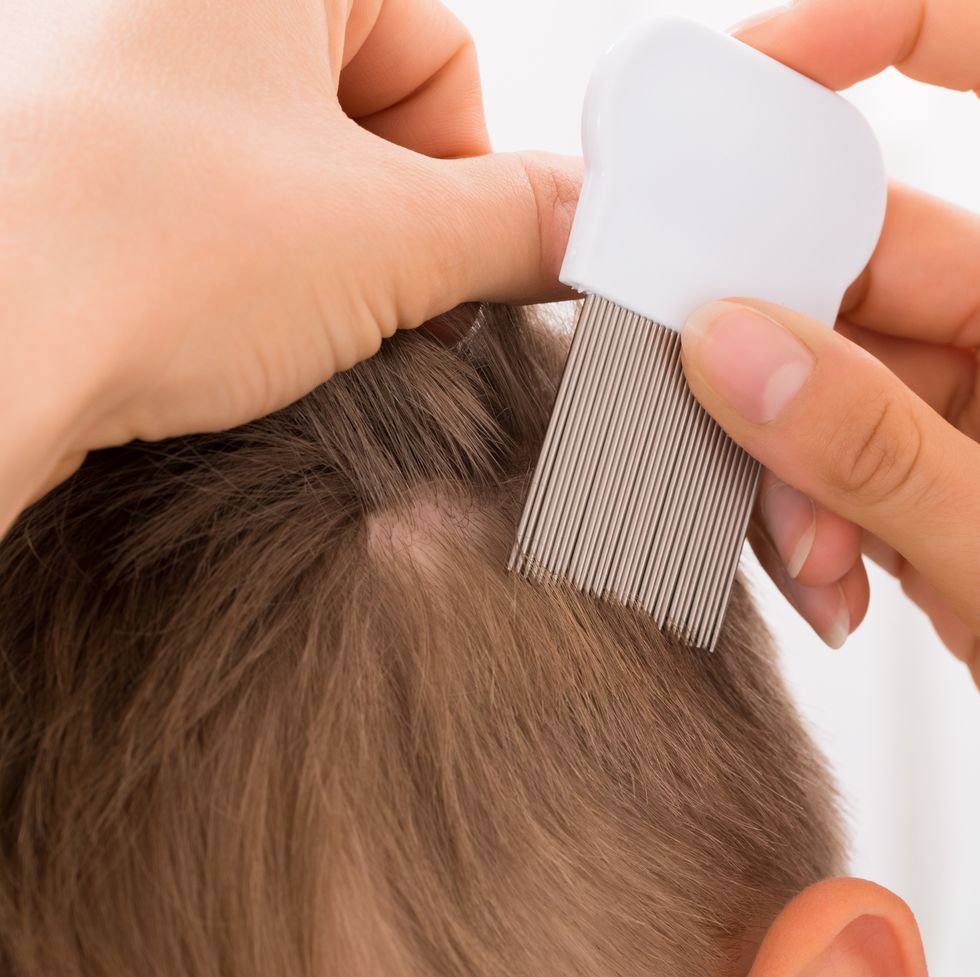Returning to school is complicated when a parent’s WhatsApp alert warns of a lice infestation in the classroom. Although having them has absolutely nothing to do with poor hygiene, if you see your child scratching their scalp, this alarm doesn’t have to scare you. Read this guide to using natural remedies to effectively fight lice and learn how to prevent the appearance of lice.
What attracts lice
Lice are tiny, wingless parasites that feed on trace amounts of blood to survive. Since they cannot fly or walk on the ground, they only live for 24 to 48 hours and, as their Latin name suggests, Head liceLice feed exclusively on the human scalp.
According to Consumer, 40% of households with school-age children require treatment for lice or lice infestations. Pious nits, or eggs, are spread through contact and, to a lesser extent, through shared items: hats, combs, brushes, scarves and bedding. “The good news is that lice are not dangerous and do not carry disease. They are not a sign of filth, either. Anyone with hair can become infected from contact with nits or ticks, and it can happen anywhere, including the back. “Beds, movie theaters and seats on airplanes,” said Mike Patrick, a pediatrician at Nationwide Children’s Hospital. “
Why is it so difficult to remove lice?
Adult lice are light brown or gray in color, two to three millimeters in size, and live about 30 days. Adult females can lay an average of six eggs per day (and up to ten), laying them as close to the scalp as possible to promote survival, with a gelatinous substance holding the eggs to the hair shaft.
Nit is about the size of a pinhead and appears white or yellow. The eggs take about eight to nine days to hatch, so eliminating lice is rarely a quick fix. The lice hatch into nymphs, immature lice that become adults in nine or twelve days as long as there is a blood supply. “To eliminate the infection, you must completely eliminate the microorganisms and the eggs they lay. Otherwise, the remaining lice will lay more eggs, and these eggs will hatch into more insects,” confirms the pediatrician.
One of the reasons lice are so difficult to eradicate is that they are difficult to see, let alone identify. They crawl so quickly and dodge light so quickly that they can be hard to spot, even if we know they’re on the head. In fact, researchers have found that school nurses, teachers and parents often misdiagnose and treat lice when they see lint, dandruff or hair product residue. For Mike Patrick, “Lice attach themselves to the base of the hair shaft, so they are easy to remove.”
What lice can’t stand?
The number one enemy of lice and nits is combs, especially lice, so successfully treating lice without a comb is nearly impossible. Research shows that lice treatments are generally more effective than pediculicides, and are four times more effective and twice as fast in diagnosing lice than direct visual inspection. ”
Do you know how to use a nit trap? This is a very effective process if done correctly. First, soak wet hair with white conditioner mixed with baking soda, section your hair into sections, then use a comb, always starting as close to your scalp as possible. Wipe off conditioner with a cloth or paper towel after each use.
Wet hair will trap live lice and “kill any eggs in new hair growth,” Rosen says. This process should be done every other day for two weeks until you no longer see lice.
Dr. Sara Kopple, a pediatrician at Westmed Medical Group, says: “The biggest mistake I see when eradicating lice is not combing enough and not reapplying after nine days. Combing is a lot of work, especially if the hair is thick and long , but this is critical to successfully eradicating the virus.
How to get rid of head lice quickly
You must act quickly to prevent the lice infestation from spreading. Many pediatricians say some shampoos and conditioners containing 1 percent plant-derived pesticides (called pyrethrins) or synthetic versions (called pyrethroids) are effective and safe treatments. Although it’s worth considering that some studies link pyrethrins and pyrethroids to increased estrogen levels, which may contribute to the risk of cancer, ADHD, and other behavioral disorders in children.
There’s another important issue: Insecticidal shampoos used to eliminate lice and nits often lose their effectiveness because “lice have developed immunity to the vast number of chemicals used by pharmaceutical companies, so natural elimination methods fill the gap,” says De says Bra Rosen, founder of LiceXchange, a lice removal company.
Natural remedies for killing lice and nits
Some essential oils contain active ingredients that harass these pesky parasites, so you can incorporate them into your daily shampoo, or mix them with water and spray them on surfaces most exposed to lice and nits, such as pillows and lice. sheet. If you want to try and get rid of them, here are the most recommended serums.
- Tea tree oil. It contains two ingredients with insecticidal activity and have been shown to kill lice and nits. You can mix three to five drops of tea tree oil into each shampoo, or if you prefer, you can make a mask with olive or coconut oil; mix one teaspoon of tea tree oil with three tablespoons of oil and apply to your hair for 30 to 40 minutes .
- Neem oil. Like tea tree oil, early research shows that neem oil can be effective in getting rid of lice and nits, although it also doesn’t smell good. Neem oil contains compounds that interrupt the life cycle of lice, making it a natural repellent, both for humans and garden pests. Neem oil shampoo is available over the counter, or you can add 8 to 10 drops of essential oil to 1 ounce of regular shampoo and leave it for 20 minutes.
- Lavender oil. Lavender oil is another effective and safe essential oil that can be used to treat lice, a variety of insects, and even fungi, but it does not kill lice. Dissolve two drops of oil in 10 ml of water and use as shampoo once a week for three weeks. Lavender oil has also proven to be an excellent lice deterrent.
Vinegar, grandma’s recipe for getting rid of lice
Can vinegar kill lice? It has good pressure but does not kill adult lice but is effective on lice. The acidic content of the vinegar breaks down the sticky substance that holds the eggs to your hair. The recipe is simple, mix 50ml of vinegar with 50ml of water and rinse your hair. You have to repeat the process as many times as needed until the pest is gone, so it can be tedious.
It is recommended to keep a close eye on the head of the whole family, of course, small children are more likely to be gored by tenants as they are exposed at school, so try adding these natural remedies to your daily hygiene routine until the threat of plague arises It’s over. , including parents and adults in the home.
Also, wash all recently worn clothing and bedding in hot water and tumble dry on a high heat cycle. Also try vacuuming floors and furniture and soaking a comb and brush in hot water for 10 minutes. If an item your child touches frequently while sleeping cannot be washed, soaked, or vacuumed properly, place it in a sealed plastic bag for two weeks to kill any live lice and nits that may have settled on it, as this is more effective at preventing Better than therapy!


